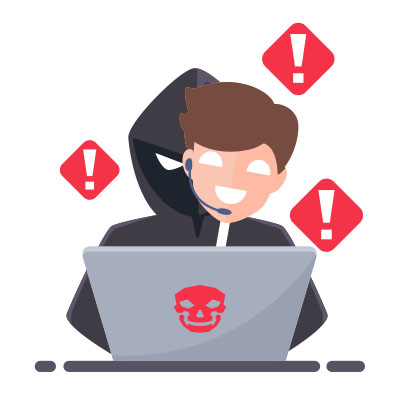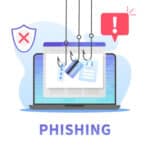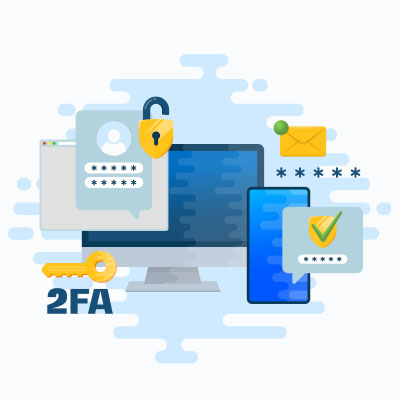Phishing scams are one of the most common (and insidious) problems you and your team may encounter. While it may seem simple to avoid a phishing attack, the truth is that many of these schemes are highly sophisticated and are constantly evolving to become more so.
Picture this scenario: while going about your daily routine, an email lands in your inbox, purportedly from a cybersecurity company. The alarming claim is that you’ve become the target of a hacking attack. Despite lacking IT expertise and being unfamiliar with your security agency’s protocols, you trust the message and promptly respond. Little do you know, the email is a cleverly disguised cyberthreat, and you find yourself ensnared in their trap.
Imagine this scenario: amidst your daily routine, an email arrives in your inbox, seemingly from a cybersecurity company. The alarming assertion is that you’ve become the target of a hacking attack. Despite lacking IT expertise and being unfamiliar with your security agency’s procedures, you trust the message and respond promptly. Unbeknownst to you, the email is a shrewdly disguised cyberthreat, ensnaring you in their trap.
Data security is one of those things that you have to stay out in front of. Hackers and scammers are changing tactics and getting a little more sophisticated as time goes on and it creates a pretty difficult situation for most IT administrators. Utilizing multi-factor authentication (MFA), two-factor authentication, or whatever it is called by the application you are using has become a great way to add an extra layer of security to organizational data protection efforts. Today, we will discuss the benefits of this strategy and why it isn’t a be-all, end-all to your overall security.
One of the most terrifying situations your business can encounter is when it’s clear that you’ve been hacked. It can cause extreme anxiety regardless of what size of a business you run. The most important thing is to know how to react to mitigate the damage to your business’ network and reputation. Let’s go through a few steps you need to take if you’ve been hacked.





